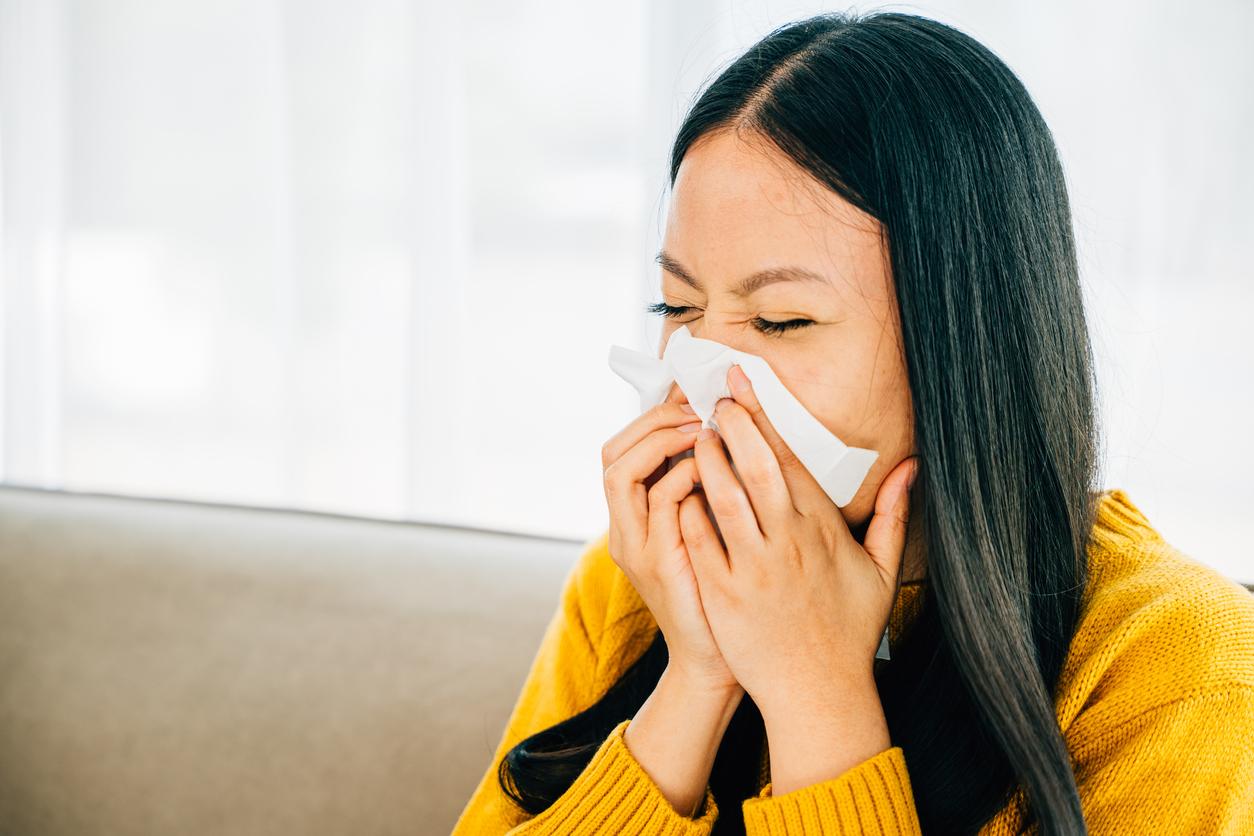Pollination has begun and 11 departments around the Mediterranean are already on red alert. Beware of rhinitis and conjunctivitis.

The mild winter temperatures favored early pollination. Nine departments are already on red alert, according to the latest bulletin from National Aerobiological Surveillance Network (RNSA) dated today. The risk of allergy to cypress pollen is therefore very high in Alpes-Maritimes, Var, Bouches-du-Rhones, Vaucluse, Gard, Lozère, Aveyron, Hérault, Tarn, Aude and the Pyrénées-Orientales. Corsica has been placed on orange vigilance with cypress pollen.
However, “in the southwest we mainly find cypress and alder pollen with a risk of allergy that can reach the average level, but the first grasses are also in bloom with a risk of allergy that will be at a very low level”, informs the RNSA. The risk of allergy will be low to medium for poplar and ash pollens which are increasing throughout the territory and being at the end of pollination, hazel trees have a lower risk of allergy.
Allergy prevalence on the rise
For more than 20 years, respiratory allergies have been booming in industrialized countries. If pollens contribute to the development of vegetation and therefore to the regeneration of our oxygen, they have considerable repercussions on the quality of life of many people.
According to Insermthe prevalence of asthma in France today is at 7 to 10%, that of rhinitis and allergic conjunctivitis around 15 to 20%. Although allergic rhinitis is benign, it poses a real public health problem. In severe forms, it can even become a handicap, cause sleep disorders, irritability, or lead to school absences or work stoppages.
Better understand allergy
Why are some people allergic? “Our immune system is specialized in the recognition of foreign bodies such as parasites, bacteria or viruses”, explains Inserm. When one of them penetrates the body, it produces molecules responsible for tracking down the intruder and destroying it. “Allergy is precisely a disorder of the immune system which corresponds to a loss of tolerance vis-à-vis substances a priori harmless”, which are called allergens. People with allergies are therefore allergic because of a failure of their immune system.
More precisely, “allergic diseases can be caused by antibody and/or T cellsspecialized cells of the immune system”. This is for example the case for eczema and chronic asthma. T cells”infiltrate the skin and the bronchi where they are activated by allergens themselves capable of penetrating there”.
However, the majority of allergies are caused by antibodies present in our body, immunoglobulins type E (IgE). Their normal function is to control parasites. In people with allergies, IgE levels are higher. During their first contact with an allergen, IgE specific to the allergen (pollen, food proteins, dust mites, etc.) are produced. the makes these IgEs circulate freely”in the serum blood and are also found associated with particularly numerous cells of the immune system in the skin, lungs and digestive tract”explains the localization of allergic symptoms.
Stay informed of pollen risks
To keep you informed of pollen alerts, you can download the application Pollen alerts, which allows you to configure up to 5 pollens and 5 favorite departments. “You can also choose to activate the geolocation which will allow the application to automatically display the information of the geographical area in which you are located”, specifies the RNSA. The app Pollen is also available and “provides a personalized pollination forecast for the next three days in your area, taking into account your information from the pollen diary and calculates your personal level of exposure.

.















